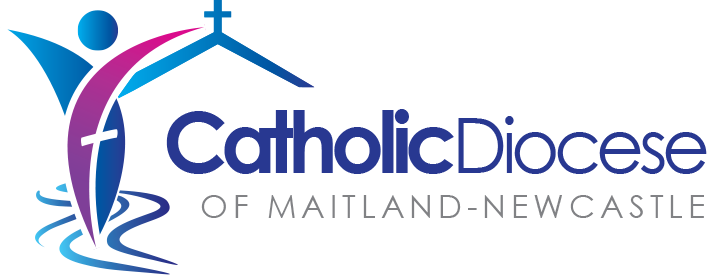Diverse communications needs
The Catholic Diocese of Maitland-Newcastle faced a formidable challenge: supporting seamless communication across a vast network of 58 schools, 12 early education centers, 21,000 students, 5,000 staff members, and a diverse range of social services spread over 13,000 square miles. Their head office’s legacy telephony system, Mitel, had reached its end of life. With different schools on different systems, the diocese was dealing with costly inefficiencies, inconsistent service delivery, and mounting frustrations. It was clear that a reliable and unified modern solution was needed.
The diocese operates across three primary environments: offices, schools, and early education centers. Each of these locations had different needs when it came to a communications system, making an overhaul was a large undertaking.
Each environment presented unique challenges, from outdated analog systems in some schools to propagation issues in early education centers. For example, staff in the offices predominantly use softphones, but teachers need classroom phones, and early education centers require cordless options.
Fiona Hanson, Portfolio Manager for the diocese, explained the need for a consistent, flexible telephony solution that could meet these diverse requirements while addressing cost and reliability concerns.
The schools in the diocese also have a unique use case when it comes to how they use their communications system. Currently, around 50% of the schools direct their class bell systems through the phones, meaning that instead of a bell ringing or a sound coming through a speaker system, the classroom phone rings when it’s time for a class dismissal, etc. The diocese is in the process of transitioning the schools to a speaker system, but for the time being, the diocese needed a communications setup that would continue allowing the use of phones for the bell system.
A simple solution for seamless collaboration
After evaluating options such as RingCentral and Microsoft Teams, the diocese chose 8x8 for its fit-for-purpose design, cloud-based functionality, affordability, and seamless integration with Microsoft Teams. The ability to push features to specific sites without centralized reconfiguration was another major advantage.
“It’s a good phone system and I really like the integration with Microsoft Teams,” says Fiona. “It’s really easy—it just works.”
The migration process began with head office staff transitioning to softphones. “It’s already such a positive thing for the diocese,” says Fiona. Drop-in training sessions and support helped to ease the transition. Some staff members use call queues to simplify the service desk experience and keep things smooth and organized for callers. Meanwhile, the transitioning of the schools and early education centers required more extensive infrastructure upgrades due to signal propagation issues or small, unique challenges, like integrating three-digit extension systems into a four-digit format compatible with 8x8.
The representative at 8x8 also worked closely with Fiona and her team to find a practical solution for their schools’ bell system. And now, many of the schools are finding success with BellCommander, a school bell system and notification software that is integrated into 8x8. And in other schools, the project team used an approved ATA device to connect the network switch to analog public announcement mixing equipment. This allows school staff to use their phone handset to make announcements through the PA system.
While the diversity of sites and departments, and the sheer size of the organization, presented some challenges along the way, the diocese steadily made progress. Working with their representatives at 8x8, together they strategically phased the rollout, ensuring minimal disruption to daily operations. “It’s just so much simpler,” says Fiona. “A lot of people don’t even know they’re using 8x8, because it integrates so simply into Microsoft Teams and our system.”
The transition to 8x8 has already delivered significant improvements:
- Cost Savings: Once the migration is complete, the diocese expects to save approximately $100,000 annually.
- Enhanced Flexibility: Staff can now make changes without relying on external support, enabling quicker responses to evolving needs.
- Unified Communications: A consistent telephony system across the diocese has simplified operations and reduced inefficiencies.
- Improved Reliability: Modern infrastructure ensures dependable communication, even in challenging environments like early education centers.
Channeling efficiency into meaningful change
Looking ahead, the diocese plans to expand 8x8’s reach to every corner of its operations. This includes finalizing the rollout in the schools, completing analog-to-digital transitions, and fully integrating Microsoft Teams with 8x8 for a seamless collaboration experience. Plus, the savings through 8x8 can now be redirected into social service and programs. “The financial savings can be utilized in different ways across our schools, early education and community services supporting vulnerable people,” says Fiona.






